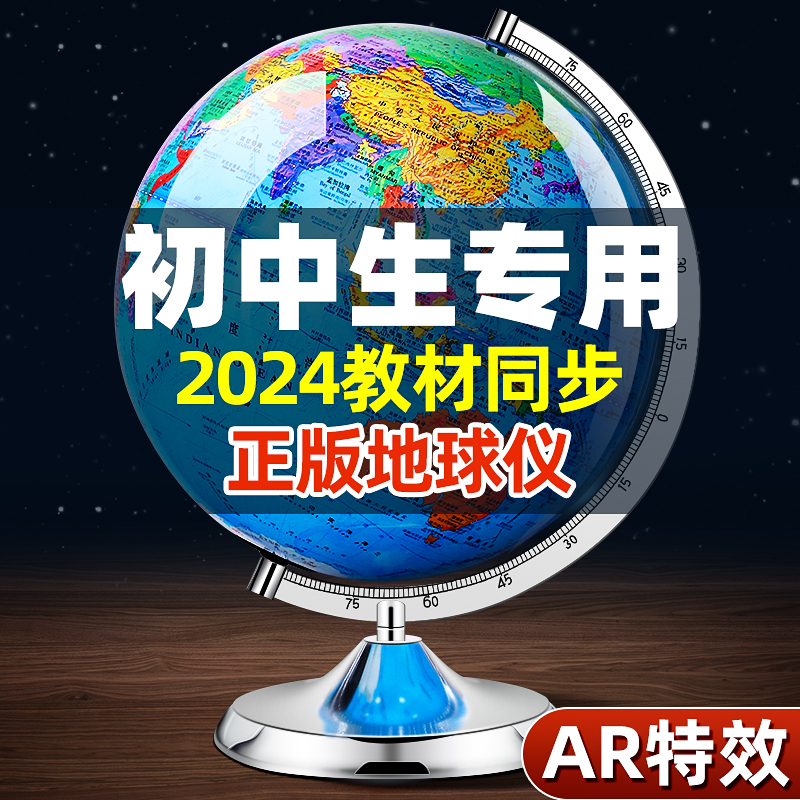打造专属学习空间:学习用品与地球仪的搭配技巧
峎迥匞
2024-10-14 20:00:52
0次
**打造专属学习空间:学习用品与地球仪的搭配技巧**
学习空间是我们进行知识探索与思考的摇篮,它的布置和设计至关重要。在这个空间里,学习用品和地球仪的搭配不仅关乎实用性,更关乎美观与效率。下面,我们将探讨如何巧妙地搭配学习用品与地球仪,打造一个既实用又美观的专属学习空间。
一、学习用品的选择与搭配
1. 笔与纸
笔与纸是学习的基本工具。我们可以选择书写流畅的笔和品质良好的纸张。对于笔记或写作,可以考虑选用色彩不同的笔来区分内容。
2. 图书与资料
在空间的一角放置一个书架,可以根据需要选择不同类型的图书。另外,为方便查阅,可配备一个多功能桌面整理架来摆放经常使用的参考资料。
3. 计算机与电子设备
为了适应数字化学习的需要,电子设备如电脑、平板和智能手机也是必不可少的。确保有足够的空间放置这些设备,并保持充电器的便捷性。
二、地球仪的巧妙运用
地球仪是了解世界、研究地理的重要工具。在专属学习空间中,放置一个地球仪能增添空间的趣味性,同时也能帮助我们更好地理解世界。
1. 位置选择
将地球仪放置在书桌的一侧或书架的显眼位置,便于随时观察和查阅。
2. 辅助工具的使用
可以配合地图册或地理书籍使用,这样在查阅特定地区时更加方便。
三、整体搭配技巧
1. 色彩协调
在布置学习空间时,应考虑学习用品与地球仪的色彩搭配。选择与地球仪颜色相协调的学习用品,如深蓝色的笔与浅色背景的笔记本,可以营造出和谐统一的视觉效果。
2. 空间布局
在空间布局上,要确保有足够的活动空间,避免过于拥挤。同时,也要确保有足够的储物空间来放置学习用品和地球仪等物品。
3. 光线充足
确保学习空间的光线充足,这样不仅有利于保护视力,还能营造出舒适的学习氛围。如果条件允许,可以设置一盏专门的台灯来照亮地球仪和书本。
四、总结
通过以上的介绍,我们可以看出打造一个专属的学习空间需要综合考虑多方面的因素。选择合适的学习用品和巧妙地运用地球仪是其中的关键步骤。通过合理的搭配和布局,我们可以营造出一个既实用又美观的学习环境,提高学习的效率和质量。最后提醒大家在打造自己的学习空间时不要忘了调整与安排相结合!为更好的明天准备自己吧!
Building a personalized study space: tips for pairing learning supplies with a globe
English Version
Cultivating a study space is crucial for our exploration and contemplation of knowledge. In this space, the pairing of learning supplies and a globe is not only about practicality but also about aesthetics and efficiency. Below, we will explore how to cleverly match learning supplies with a globe to create a functional and visually appealing personal study space.
Firstly, choosing and pairing learning supplies 1. Pens and paper Pens and paper are the basic tools for learning. We can choose smooth-writing pens and high-quality paper. For notes or writing, consider using pens of different colors to distinguish content. 2. Books and references Place a bookshelf in a corner of the space to store various types of books. Additionally, for easy reference, a multi-functional desktop organizer can be used to store frequently used reference materials. 3. Computers and electronic devices To accommodate digital learning needs, electronic devices such as computers, tablets, and smartphones are essential. Ensure there is enough space to place these devices and keep chargers easily accessible. Secondly, the clever use of the globe The globe is an important tool for understanding the world and studying geography. Placing a globe in your personal study space adds interest to the space while also helping you better understand the world. 1. Location selection Place the globe on one side of the desk or in a prominent position on the bookshelf for easy viewing and reference. 2. Use of auxiliary tools Pairing with a map book or geography textbook makes it easier to look up specific areas when needed. Tips for overall pairing The overall pairing of learning supplies and a globe should consider color coordination, spatial layout, and sufficient lighting. 1. Color coordination When arranging the study space, consider the color coordination between learning supplies and the globe. Choose learning supplies that match the color of the globe, such as using a dark blue pen with a light-colored notebook background, to create
上一篇:地球仪——学习用品中的宝藏
相关内容
热门资讯
儿童学习必备:如何选择合适的地...
摘要:选择适合儿童的地球仪和文具至关重要,应考虑用途、尺寸、质量、精度和孩子年龄等因素。铅笔、橡皮、...
探索未知的地球:地球仪在科学学...
地球仪在科学学习中价值巨大,特别是地理教学和科学研究中。其以立体形式展示地球信息,可直观了解地理特征...
"为学习添彩:十种必选的学习用...
文章介绍十种必选学习用品,如铅笔、钢笔、彩色笔等,并探讨它们与地球仪的配合使用方法,如地图与地球仪印...
学习用品中的佼佼者:多功能地球...
本文为多功能地球仪的选购指南,重点从尺寸材质、功能特点、精确度和质量、品牌价格等方面介绍如何挑选。地...
"科技与传统并存:10款顶级学...
科技与传统结合,10款学习用品与地球仪搭配,如电子书、平板、智能笔等,提供直观、互动的地理学习体验,...
探索地球奥秘:从学习用品到地球...
旅程探索地球奥秘:从学习用品至地球仪,深入发现未知,了解地形、气候和地球运行规律,挖掘无尽奥秘。地球...
地球仪:探索世界的窗口
地球仪作为探索世界的窗口,不仅提供地理信息,还是教学和艺术创作的宝贵资源,并在日常生活、旅行规划、商...
探索学习用品的新世界:地球仪与...
本文探讨了地球仪的魅力、在日常生活和教育、旅游、科研等领域的作用及未来发展。地球仪作为学习用品,融合...
学习者的好助手:全面了解学习用...
文章概述了学习用品如文具和电子设备的重要性,以及地球仪在了解地理环境方面的作用。学习用品可提高学习效...
环保学习用品:绿色生活从我做起
摘要:环保学习用品指采用环保材料制成的、对环境影响小的学习用具。选择环保学习用品可保护环境、培养环保...


